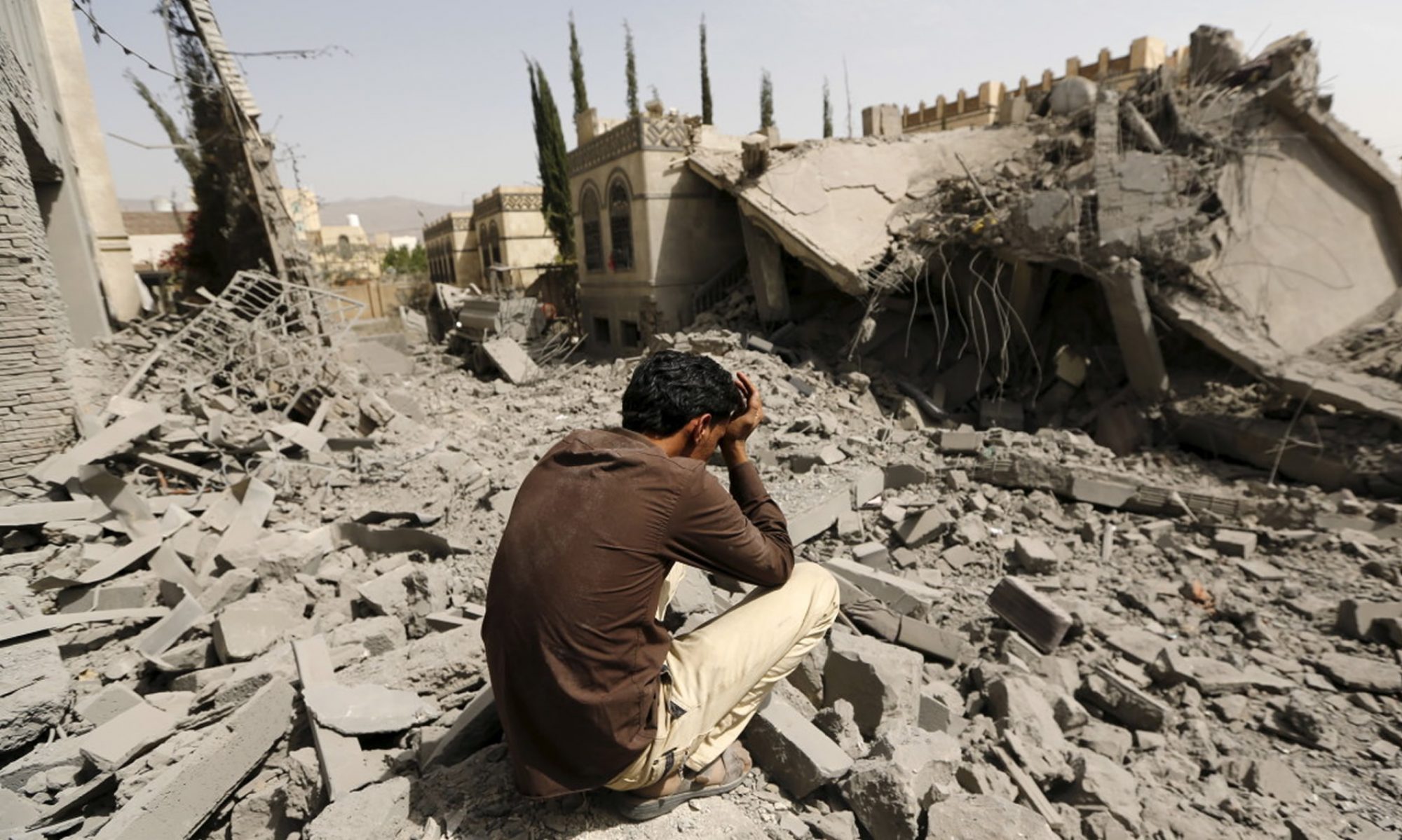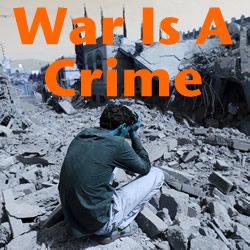Recently, the opinion polls indicate that Donald Trump – a convicted criminal, a pathological liar, and the latest in a long string of rightwing demagogues – is likelier than not to be elected President of the United States.
I was born and raised during World War II, a time when fascist armies seemed on the verge of conquering the world, and perhaps this accounts for my feeling of alarm at the current revival of rightwing extremism in the United States and elsewhere. This alarm seems justified

